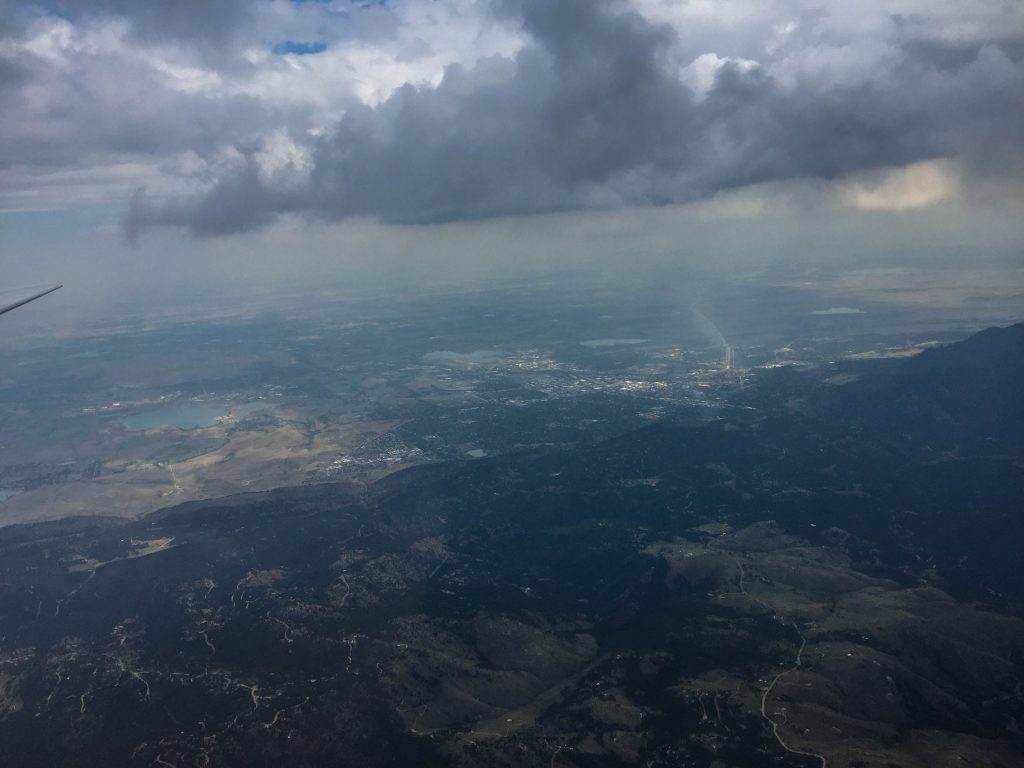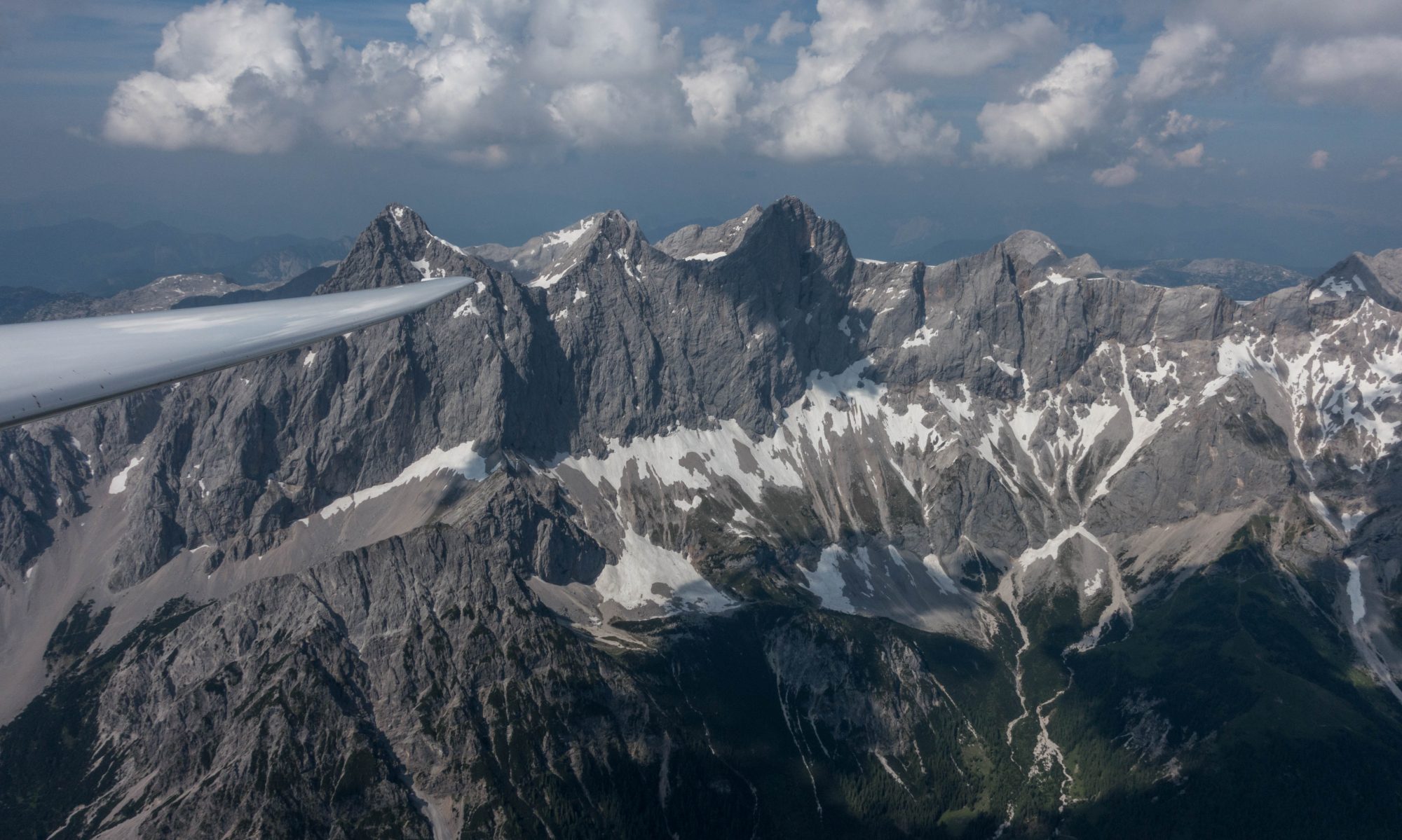
Over the last month I added a US glider rating to my Austrian glider pilot’s license. I was a bit surprised by the things I had to study, which, while important for power pilots to know, have little to do with flying sailplanes. E.g., I now know the meaning of airport signage and runway markings I have only ever seen on commercial flights and will probably never get to see from a glider cockpit. I also learned how to navigate with instruments that no glider is equipped with. On the other hand, the questions that pertained to soaring were rather basic and the required “correct” answers to some of them were actually wrong. I was also surprised that there are no medical checks whatsoever necessary to fly gliders in the US. Anyway, it is curious that something like gliding, the natural conditions and physical laws of which are truly universal, is regulated so differently in various countries.

I passed my knowledge test and checkride without a hitch and got all the requisite checkouts to fly solo at my new club: the Soaring Society of Boulder. I’m impressed by their modern equipment (e.g., all planes have mode C transponders and oxygen), which stands in stark contrast to the airfield itself, which is rather basic (no hangar, no services, not even running water). The people at the club are friendly, smart, and eccentric – so at least that aspect appears to be globally consistent.

Yesterday, I finally took my first real soaring flight over the Colorado foothills in the club’s four-year old ASK 21. Dark clouds indicated and delivered strong thermal lift (with climb rates of more than 10kts = 5m/s) up to cloud base at 14,000 feet).

My first orientation to the foothills ended up being relatively short lived. After an hour and a half the clouds started to get closer to the airport. When the wind direction on the ground shifted from East to West this was a sure sign that it was time to descend and land. I extended the spoilers and put the ASK 21 into a slip. Just three or four minutes later I had lost almost 8,000 feet and was down to pattern altitude and landed on Runway 26 into the now westerly wind.


